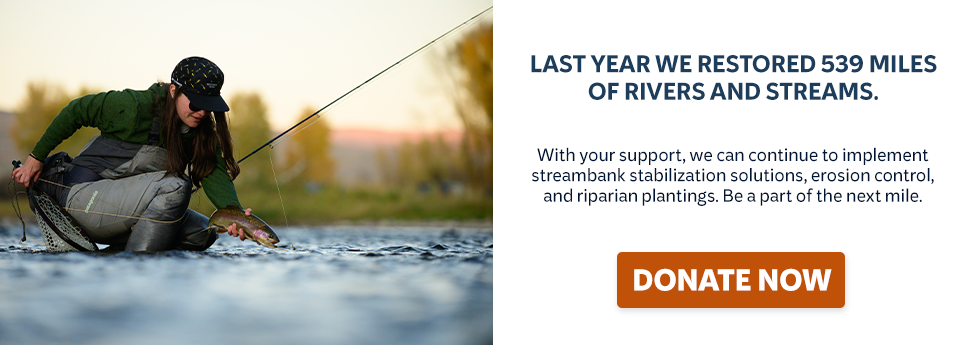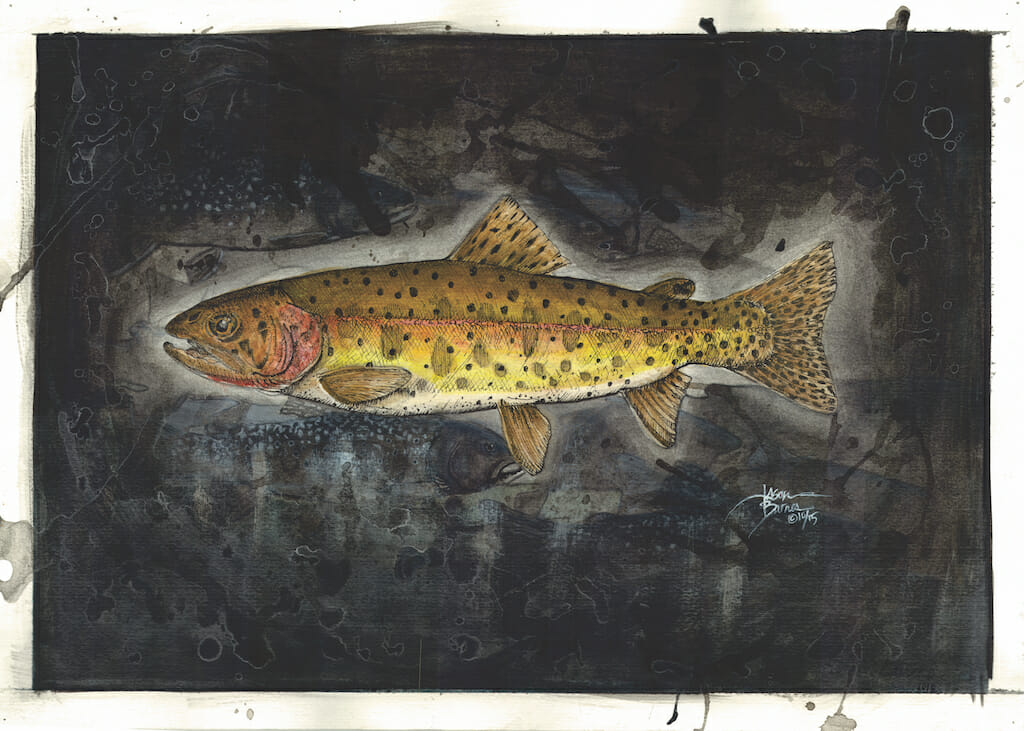This TU biologist prefers fish over people and canvas over cameras
By Jason Barnes
My comfort zone is not in front of a camera. I’d rather be camped out with my field crew planning a season of conservation work and talking about Lahontan cutthroat trout. My crew has historically been my family for the summer, and they are some of the very few who get me. I’m driven by the need to better understand these fish and figure out what needs to be done to keep them on the arid landscape where they once thrived. I’ve been lucky to be surrounded by people who feel the same way. When approached to film, “Lahontan,” I was reluctant, and explained that I’d rather just do the work and stay under the radar.
If you haven’t figured it out yet, I have very strong opinions regarding Lahontan cutthroat. My blood boils when I hear people say we’ve brought this fish “back from extinction,” and I was afraid my opinions might ultimately be showcased in the film, and the fish would suffer. That’s not the way things went, and Lahontans are better off for it.
Josh Duplechian, who filmed, edited and directed the film, helped me to see that our work fits into the big picture, and people needed to know what we were doing out there. They need to know, in addition to the western form of Lahontan cutthroat in the Sierra Nevada mountains and high-profile places like Pyramid Lake, there are other fish in tiny and remote headwaters, with less of a spotlight and still hanging on by a thread. I’m forever grateful for Trout Unlimited’s efforts to get the Lahontan story out there.
Learning and fighting skepticism
I’ve been carefully observing Lahontan cutthroat trout throughout their native range and I’ve spent countless hours reading everything ever published on them. I’ve picked the brains of the great Lahontan biologists before me and I’ve tried to learn as much as I can from them.
I wade into the waters of genetics, dabble in the fields of geology and paleontology, comb through historic records for personal — often forgotten — accounts, and synthesize all of that with my own personal observations. As a result, I have developed a unique perspective into the past of the largest cutthroat trout in North America, and have subsequently developed a few ideas about how they might be shepherded into their new reality.
During the last decade or so while I have been working with Lahontan cutthroat, I have focused on asking new questions or providing novel insights about the lives of these magnificent animals. Many of those ideas are met with skepticism, but I keep trying.
I’m a bit more willing to share my ideas these days, because I’ve learned that discussions around these ideas may lead to more effective management. Nowhere is that more exemplified than with our current project looking at the “genetic rescue” effort with Lahontan cutthroat.
From a very early reading of a single line in an obscure book that told of extirpation (extinction of a population, not a species) being more common than recolonization in the history of this and other Great Basin fishes, I’ve held the idea that our modern view of Lahontan populations is flawed. In effect, we look at a snapshot of where the species is now and disregard how it got that way. It’s a short-sighted view that fits neatly into the need for science to have direct evidence, but wholly ignores the vast amounts of information that can be gathered from other disciplines, such as geology and paleontology.
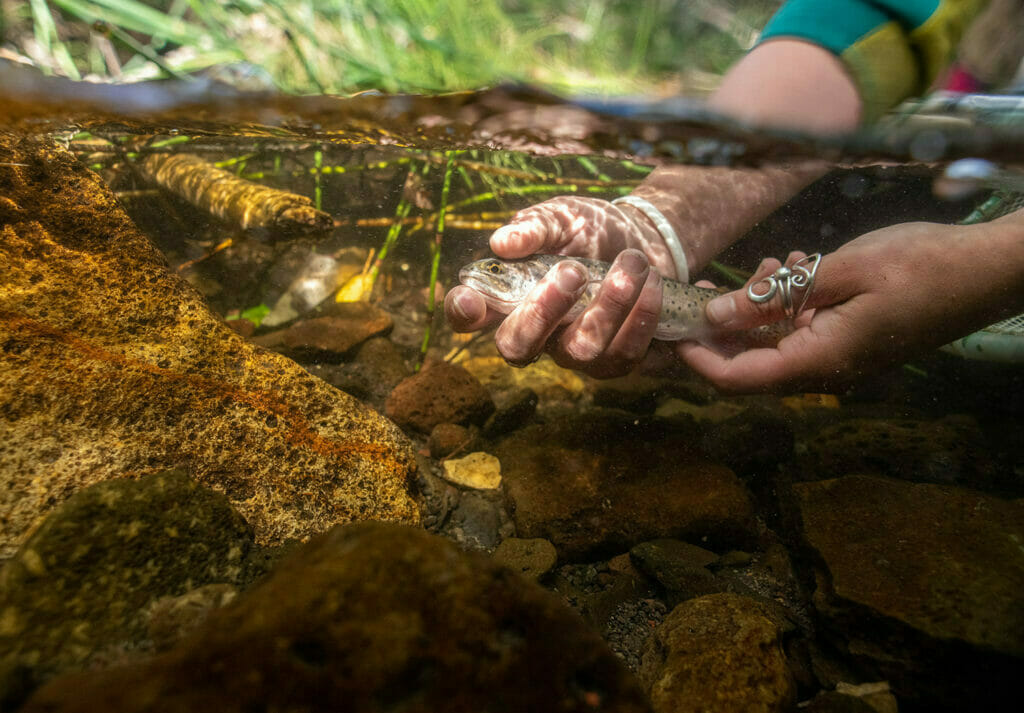
Know your natural history
Let me set the stage here for those of you who don’t spend your spare time studying the quaternary geology of the Great Basin — I’m assuming that’s just about everyone. Roughly 12,000 years ago, there was a lake — Lake Lahontan — that covered more than 8,500 square miles of the Great Basin. Most of the rivers and lakes we see here today were at some point tributaries to this giant lake, or wholly covered by it. What does that mean for a trout that’s been in the Great Basin for more than 10 million years in one form or another (this in itself is an amazing new conclusion, anchored by the discovery of a 10 million year old trout fossil just outside of Reno and outlined in several geology papers and a recently updated phylogeny of cutthroat trout)? In my mind it tells us that these fish were once widespread across the landscape with few barriers to movement, so they were likely well distributed without much genetic difference, and that connectivity was a vital part of their resilience in this dynamic period.
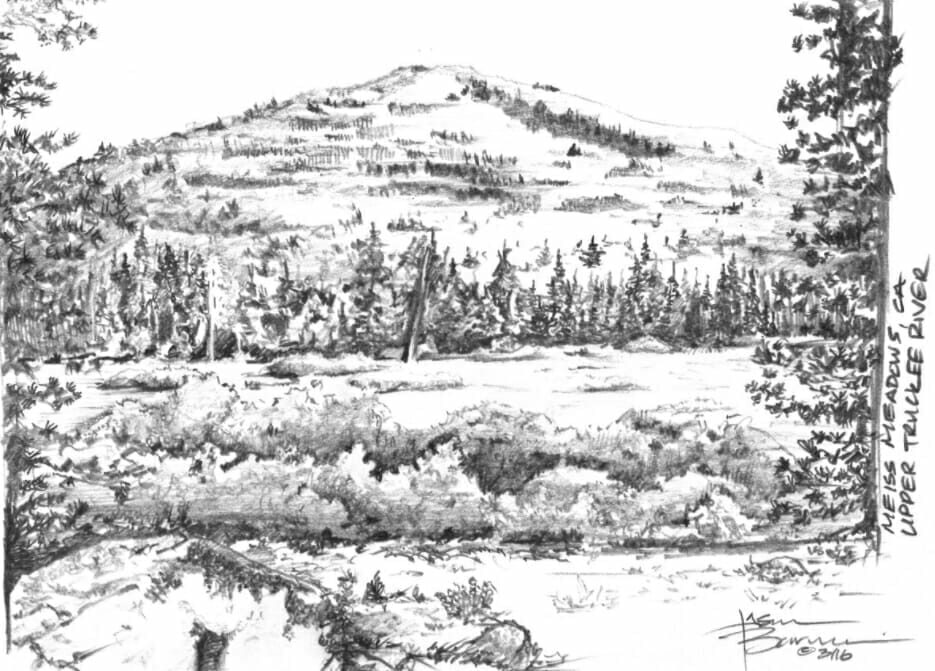
The lake rose and fell, and populations were isolated and reconnected over millennia, redistributing genetic information when the populations were fortunate enough to reconnect. As the lake subsided over thousands of years, cutthroat in major basins (the west, the Humboldt, the Quinn, the Coyote Lakes basins) became isolated from each other, and have likely developed some level of local adaptation to fit to their unique environments.
Today we only have Lahontan cutthroat trout in 73 streams across the Great Basin — almost all are isolated and most of those populations exhibit low genetic diversity.
On top of this, humans have increasingly isolated the remaining populations.
Demand for water in this arid region has caused a disconnect between tributaries where cutthroat persist, and the large mainstream rivers where they once overwintered and grew to large sizes. Road culverts block passage in other streams. In addition, the widespread introduction of nonnative fishes (rainbow, brown and brook trout, as well as smallmouth bass) has led to the necessary installation of intentional barriers in some systems to limit the harmful impacts on native Lahontans.
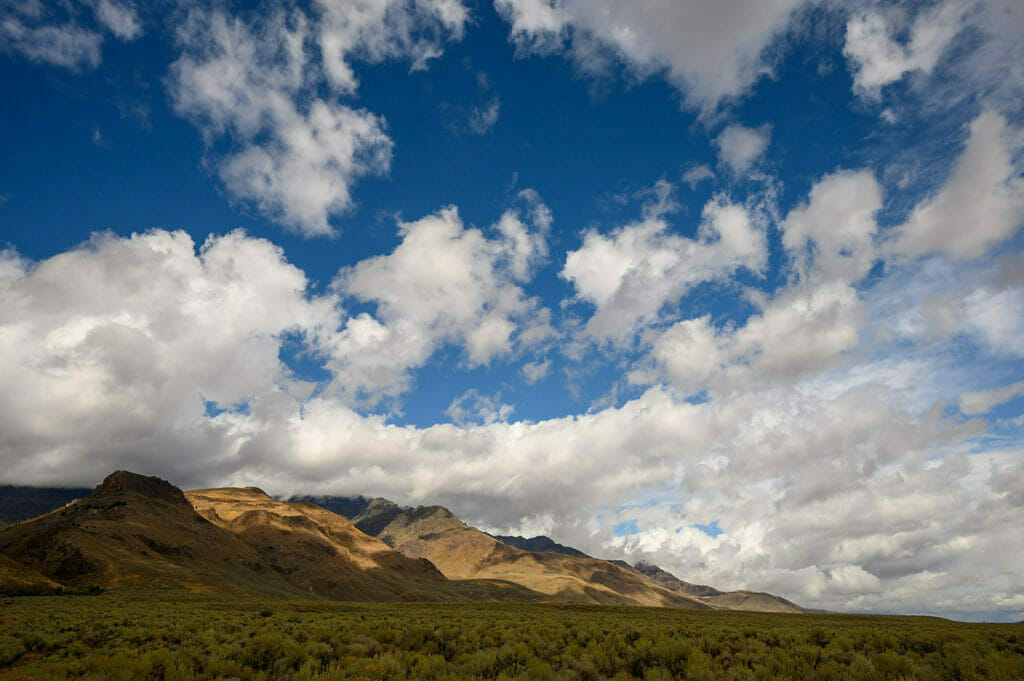
Without the opportunity to move, the flow of genetic information between populations that would otherwise have remained connected, at least to some degree, has been abruptly halted. Today we only have Lahontan cutthroat trout in 73 streams across the Great Basin — almost all are isolated and most of those populations exhibit low genetic diversity.
That’s where the “genetic rescue” project comes in. While we’d love to reconnect large river systems like the Humboldt and restore the flow of water and genetic exchange between populations, the reality on the ground is that it isn’t always possible or desirable given the threat of non-native trout invasion. Lahontan cutthroat just don’t have the time to wait for miracles. So, this project brings together the need for intermixing of populations with the reality of needing human intervention to make it happen.
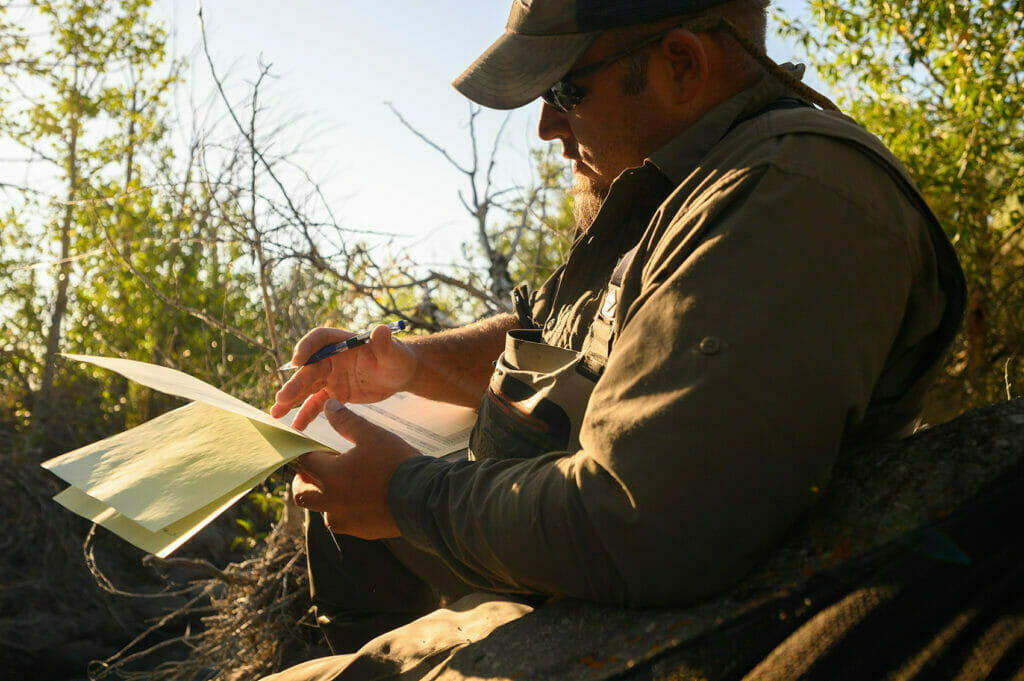
Testing the theory
As I mentioned earlier, I’ve long thought that these populations need to intermix, but we needed a way to test it… scientifically. And that’s where Helen Neville, my boss and senior scientist with TU, comes in. She’s been working with Lahontan cutthroat since the 1990s and knows the fish better than almost anyone out there. She’s been my mentor and my guide, even before I started working for TU, and together we make a great team. With her knowledge of the methods needed to assess whether or not intermixing these populations would have any positive effect, and my ability to carry out the project on the ground, we set about designing what could ultimately be a huge component of Lahontan cutthroat trout conservation in the years to come.
Two summers ago, we started a study to see if moving a small number of fish, for the explicit purpose of genetic exchange, improved the overall ‘health’ of the receiving populations. It’s simple, really. First, we identified a donor population with high genetic diversity (meaning it has a lot of different versions of a given gene), and a set of ‘recipient populations’ with low genetic diversity. Then, we counted how many fish were in the ‘recipient’ creeks before we moved fish and took measurements of the individuals and a small fin clip for genetic evaluation.
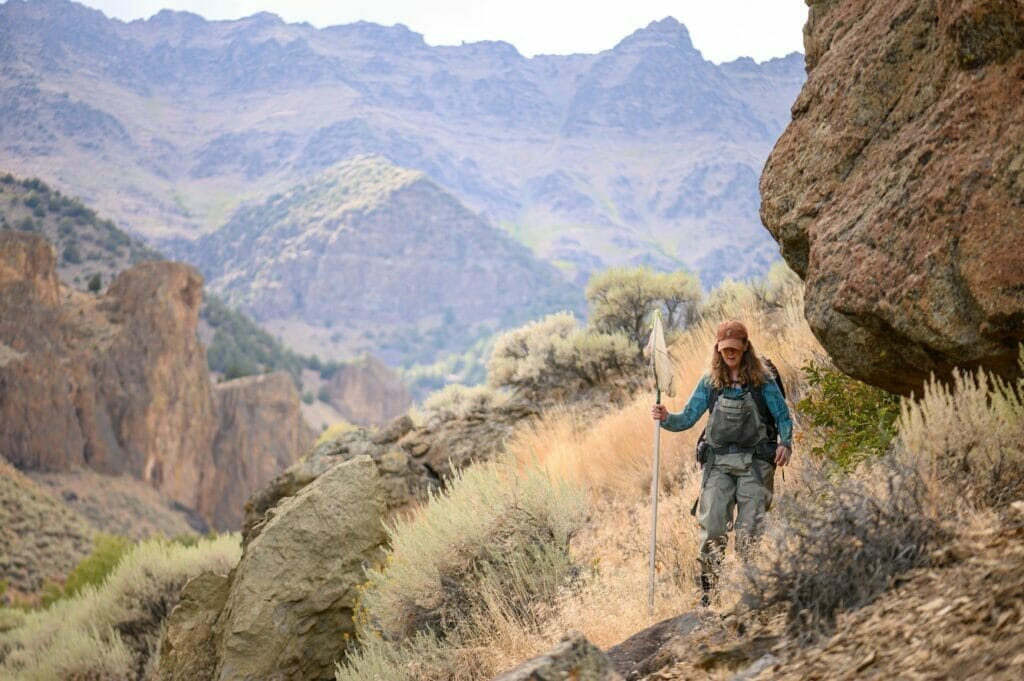
We then moved six cutthroat from the ‘donor’ population into each of the isolated study streams (except the control stream where no fish were introduced; we also removed six fish from each recipient stream to ensure we were manipulating only genetics, not fish numbers). We couldn’t sample this summer due to COVID, but that’s OK. Next summer we’ll go out and look at the population — and individual-level responses (numbers of fish, size of individuals, etc.) and the genetic responses (genetic diversity, etc.) to see if the infusion of new genes made a difference.
The benefits of genetic rescue have been confirmed in a variety of other species, from puma to prairie chickens, and we are drawing directly on another study done back east with Eastern brook trout that set the stage for the idea of using this for trout management. So, we have some idea of what to expect. Since the newly introduced fish have genes that were long-ago lost to the isolated study streams, we should be able to track how many cutthroat born after the introduction have the signature genes from the introduced fish. And if all goes as expected, trout born to a resident X transplant parent pair should be bigger in size than those with two resident parents. We also expect these parent pairs to have, on average, more offspring, which shows the benefits of genetic exchange on fitness, and should be reflected in higher population estimates overall.
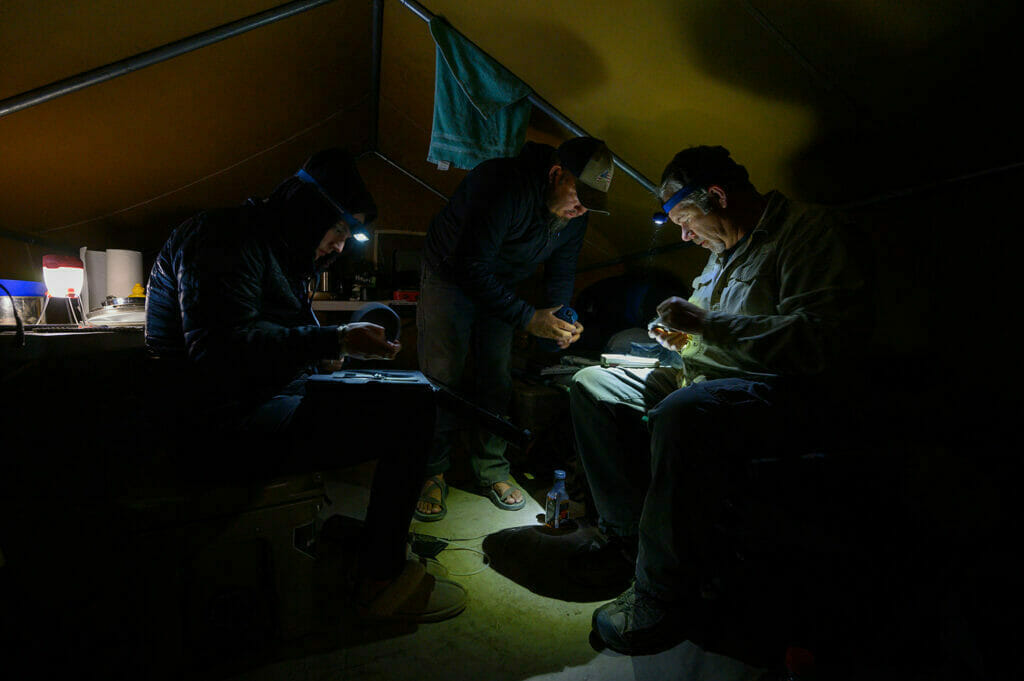
Our hope is that we can show how manually connecting populations, through genetic rescue, can act as a short-term solution to the problem of widespread disconnection and limited gene flow. Of those 73 populations that I mentioned earlier, only a handful (five or so) have any kind of connection that facilitates gene flow. The other isolated populations are left to slowly lose genetic variation over time and become less and less able to cope with a changing environment.
In the future, if our study pans out as we think it will, I’m really hoping managers will see the benefit of mixing Lahontan cutthroat trout where the fish would have done so naturally before we messed things up, so the species as a whole is able to persist. I’m anxiously awaiting the results of our study. If moving Lahontan cutthroat trout turns out to be the way forward, you can be assured Trout Unlimited and I will be there to make it happen.
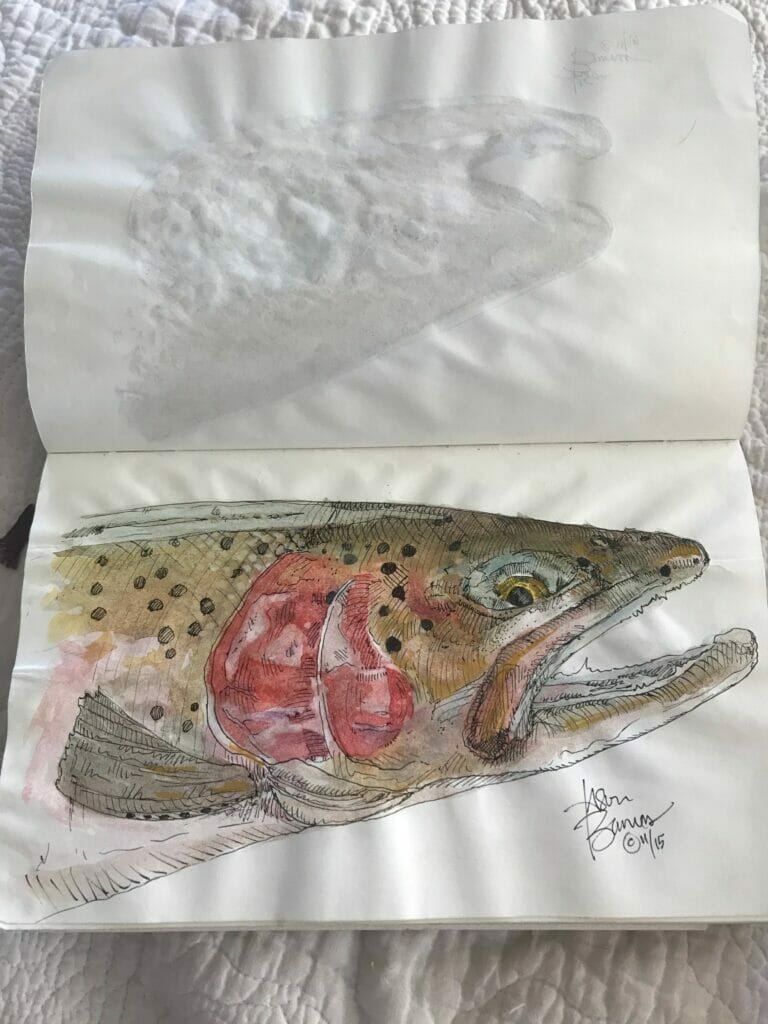
Jason Barnes is the Lahontan cutthroat trout biologist for Trout Unlimited. He is technically based out of Reno, Nev., but spends most of his time in Lahontan cutthroat trout country and is usually sketching images of the fish.
If you have questions about Trout Unlimited’s Science program email Brett Prettyman.
The TU Science Week Schedule

Monday, Oct. 19 — Helen Neville, Trout Unlimited’s senior scientist, talked about how science is used by TU across the country on Instagram Live. We also released a blog from Helen explaining how science makes conservation credible.
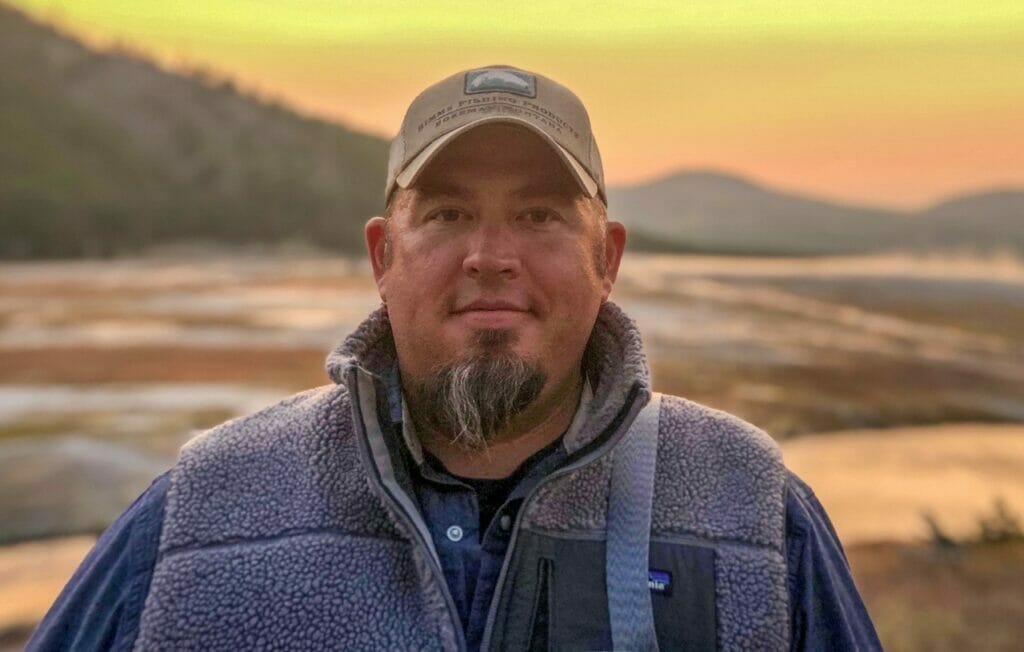
Tuesday, Oct. 20 — TU premiered “Lahontan: A Trout Unlimited Science Story”. Jason Barnes, Trout Unlimited’s Lahontan cutthroat trout biologist/coordinator, joined filmmaker Josh Duplechian on Instagram Live. They talked about the film and Jason’s work on these unique cutthroat trout. Jason wrote a story about his work and making the film for TU’s website.
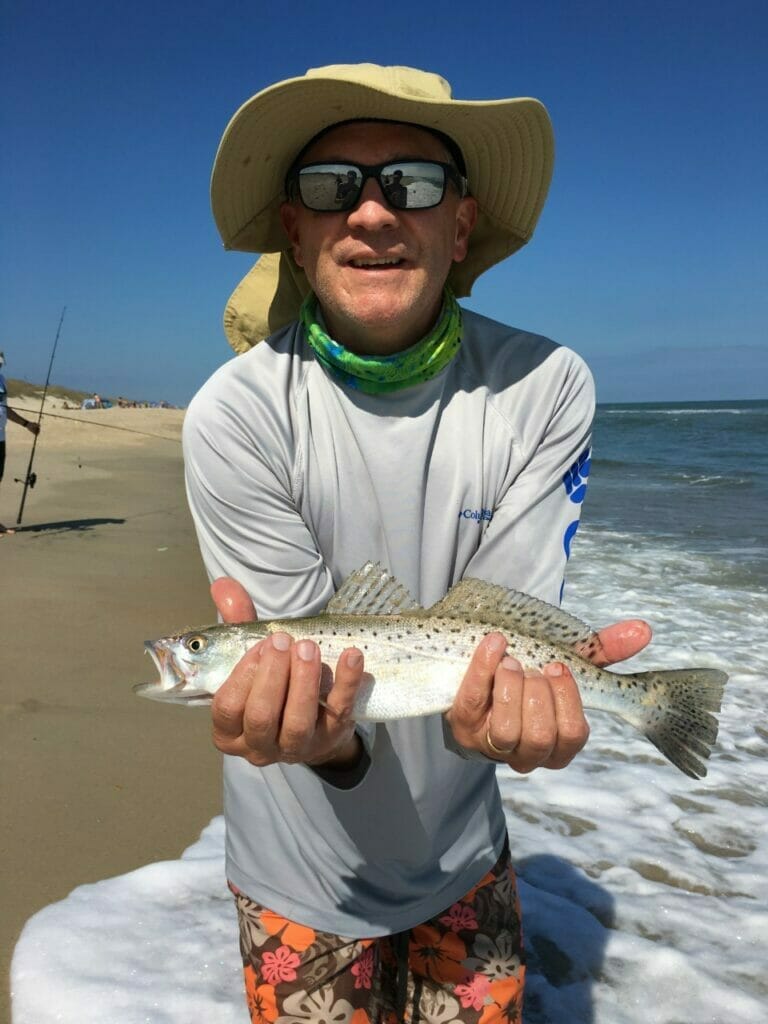
Wednesday, Oct. 21 — Steve Moyer, vice president of government affairs at Trout Unlimited, was on Instagram Live to talk about the role science plays in the organization’s efforts to engage in policies important to our mission. For example, EPA officials said mapping of ephemeral streams could not be done, but TU’s Kurt Fesenmyer of the TU Science Team proved them wrong and showed how numerous the important “part-time” streams are across our country with GIS mapping technology. Here’s a story with the same theme.
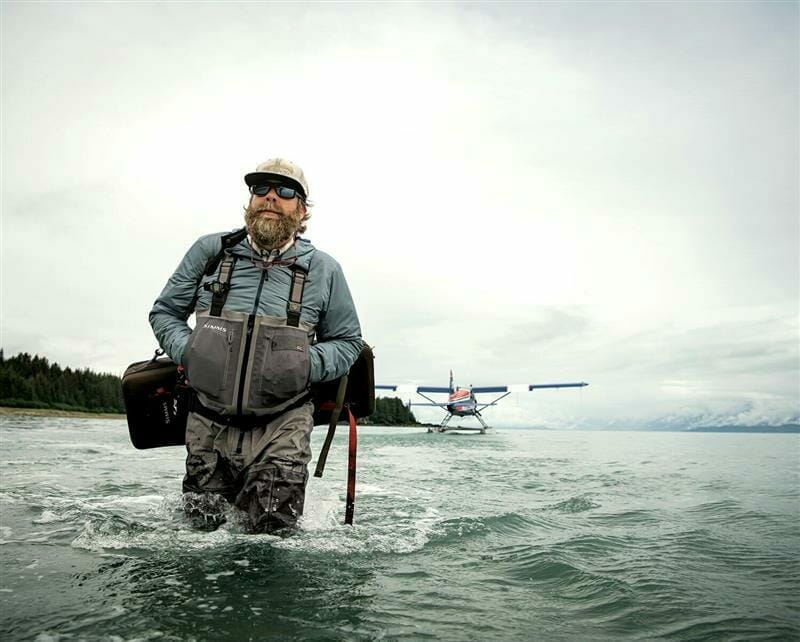
Thursday, Oct. 22 – Our second science film premier of the week is called “Anadromous Waters” and features the impressive work of TU staffer Mark Hieronymus as he seeks to find Alaska rivers not previously documented as holding steelhead and salmon. The state estimates only half of the waters holding anadromous species have been identified. Hieronymus will be joined by filmmaker Josh Duplechian on Instagram Live. Hieronymus also wrote about his work in a story on the TU national website.
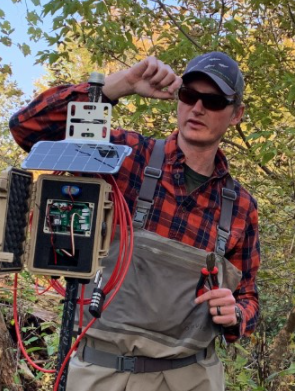
Friday, Oct. 23 — The TU Science team includes staffers with backgrounds outside the realm of traditional research science. Community science efforts take place around the country. Jake Lemon, TU’s eastern angler science coordinator, works with volunteers and partners on various projects, including deployment of Mayfly Sensor Stations, which TU member volunteers set up to provide real-time access to current stream conditions. Jake will be on Instagram Live at 3 p.m. ET. to talk about Mayfly Sensor Stations and other technologies being used for conservation work in the East, including volunteer stream monitoring programs, sampling eDNA to identify undocumented wild trout populations and using drones with infrared sensors to map stream water temperatures .

